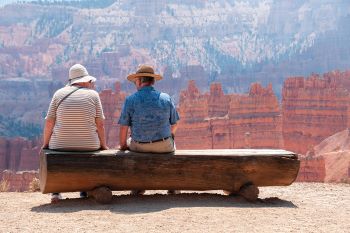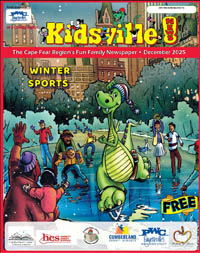 The National Park Foundation reports that the National Park System spans more than 84 million acres and encompasses 424 sites and units in the United States.
The National Park Foundation reports that the National Park System spans more than 84 million acres and encompasses 424 sites and units in the United States.
National parks do their part to foster conservation of natural resources and reserve wild land for the scores of animals that call these places home. They’re also enticing places to visit, with their vast vistas and interesting wildlife. Planning ahead can make any trip to a national park even better.
Know when to go. Research the best times of year to visit certain parks. All may not be open year-round. Think about the kind of experience you want to have. Most parks are busiest during the summer. Therefore, if you want to skip the crowds, perhaps visit in a slower season.
Research environments. With so many parks, it can be challenging to decide where to go. Take into consideration your interests as well as your limitations.
Find out which amenities and features each park offers, including shuttles, stores for gear, animal life, terrain, and potential hazards.
The more you know about each potential park, the better you can narrow down the place to visit first.
Know the rules and regulations. Most parks have regulations in place to keep visitors safe. Some parks require reservations to enter or access certain areas of the park. Some may need you to reserve space in advance.
Permits may be needed for certain activities, such as fishing. Check the park’s website to learn about permits or restrictions that may affect your trip.
Choose your accommodations. With their expanse of land and things to see, you’ll likely want to spend more than one day exploring a park. Figure out if the park has accommodations on the property. If not, you’ll need to locate lodging nearby.
Camping on the grounds can be a way to enjoy the park more intimately. Look into campsite rentals or whether recreational vehicles can be parked on a campsite in or near the national park.
Yellowstone and Yosemite are two national parks that tend to book campsites well in advance, so visitors should plan accordingly.
Pick your priorities. National parks tend to be massive, so make a list of the must-see attractions this time around (you can always visit again). While you can have an itinerary, you likely will enjoy the trip more if you’re relaxed and get to meander around rather than sticking to a strict schedule.
Consult the rangers. Make friends with the park rangers. They are experts on the park and can let you know which places to visit or if there are any shortcuts to certain attractions. Use their experience and guidance.
National parks are located across the United States. The parks are wonderful vacation spots, and visitors can plan now for their trips to see these natural wonders.

 How to resolve AdBlock issue?
How to resolve AdBlock issue? 








